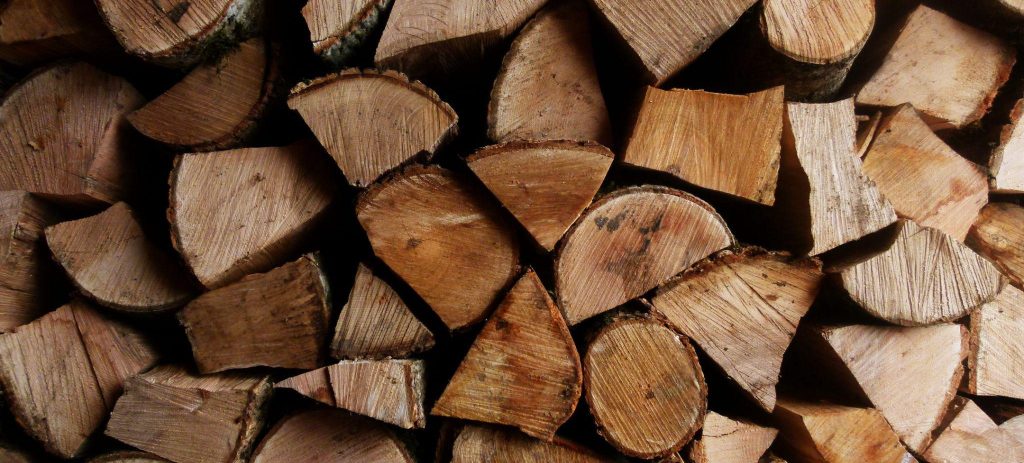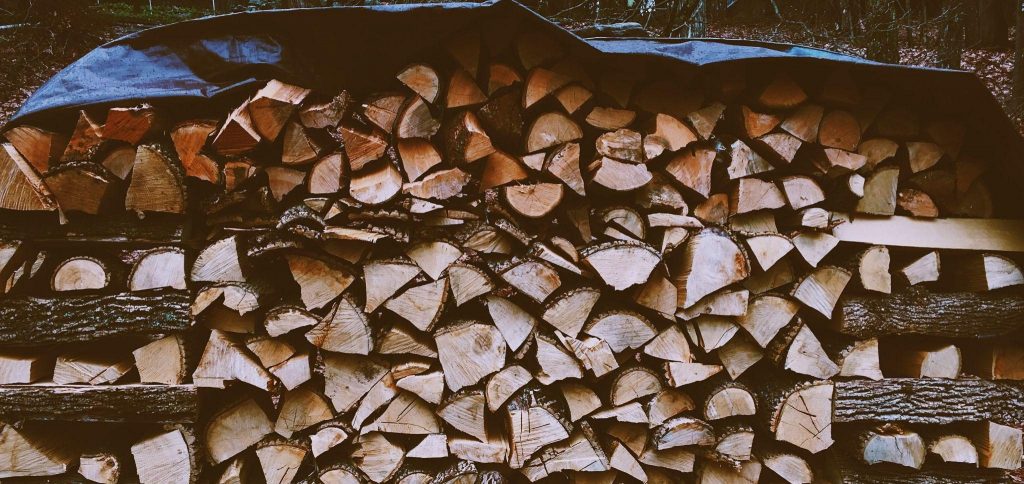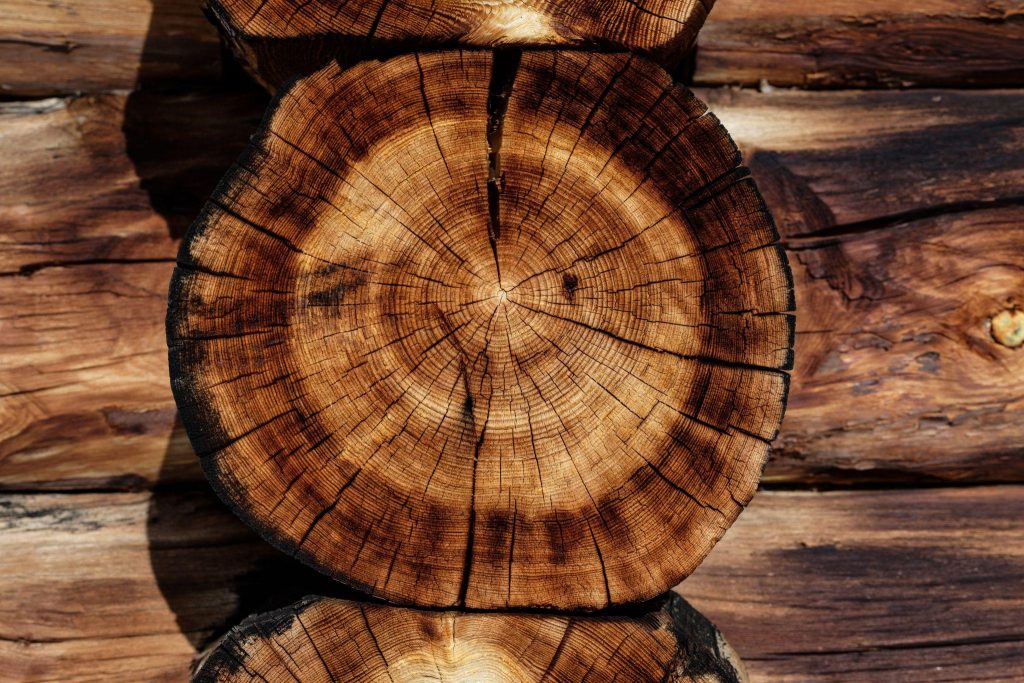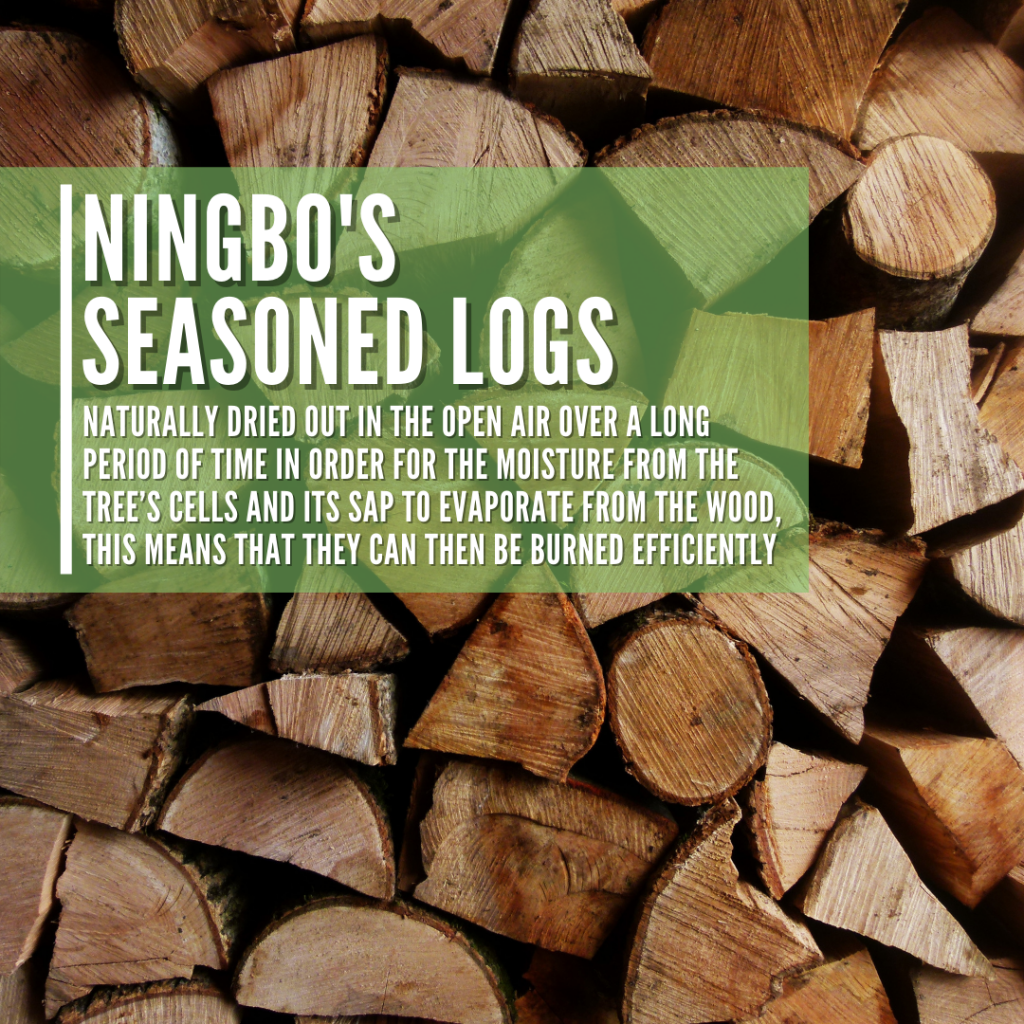Whether you’re looking to purchase wood fuel for your outdoor chiminea, campfire or wood burner, you should always keep one thing in mind – the optimum moisture content within wood for burning ability is below 20%. One of the most popular options used for firewood with less than 20% moisture content are Seasoned wood Logs.
What is Seasoned Wood?
Seasoned wood is a firewood matter that has been left to dry on its own accord. In order for it to be referred to as ‘well seasoned’, it should be split into smaller logs shortly after cutting, this is to increase the surface area and also gives the logs more of a chance to evenly dry out over time.
Whilst they are in the process of drying out, the logs are then split and stored under cover, in a way that allows maximum air flow to dry them as quickly as possible. Time is key during the drying process, the length of time it takes to naturally dry out the Seasoned Logs can differ between the batches depending on the type of wood you are harvesting. Softer woods such as Ash and Pine will dry quickly (12-18 Months). Whereas those such as Apple and Oak which are denser will take longer (18-24 Months).

Keeping Seasoned Wood Dry
When it comes to burning your firewood, the wood needs to be as dry as possible. This will ensure that the majority of the heat in the stove of the fireplace is being pushed out into the atmosphere rather than being taken up by the evaporation of the water from the wood source. If the wood is wet it will produce less heat and cause more condensation within the chimney; this has the dangerous potential of leading to a chimney fire.
When investing in firewood and logs, it is vital to establish that the wood you’ve purchased has been dried accordingly: a lower moisture content means that your firewood will burn consistently well with minimal smoke, and will not cause black smoke residue on your equipment, yet will push out more heat.
How To Store Your Logs Correctly
Invest in a Log Store
If you have the space to store your logs correctly, we would advise you to invest your money in a purpose built log store. It should be strategically located in direct sunlight to keep the logs dry in the heat, allow good airflow throughout the whole shelter, and have easy access when needed.
Keep Your Logs Protected
In order to protect your Seasoned Logs from the direct effects of rain, snow and ice in the autumn/winter months, an investment to make is in a waterproof firewood cover or even a sheet of tarpaulin. Then as the Summer sun comes back around, remember to remove the covering so your logs can have maximum ventilation and sunlight to keep them dry and not allow them to sweat.

Location is Key
Whilst you need to keep your logs stored in direct sunlight, whilst also allowing maximum air flow, it’s just as important to ensure you’re not exposing them to extreme temperature changes such as excessive winds and thunderstorms.
Look Up!
A tip which we just have to give you, which a lot of people overlook when it comes to the placement of their log stores is to look up when choosing the location of your storage unit. Be sure that there are no overhead branches from which water can be collected and fall directly onto your logs, this will prolong the drying time of your wood by an unnecessary 3-6 months.
Keeping it Dry
When bringing your logs home, be sure not to dump your logs on the grass as this is a huge mistake to make! These logs can act like a sponge after their season of drying out and they will soak up any moisture they can when laid on the ground. Find the time to correctly stack your logs away properly in the storage unit as soon as they are delivered to help keep their moisture content below 20% for the ideal burn rate.

We’re Open to Questions
What Does Seasoned Firewood Look Like?
A positive sign to look out for when choosing your firewood is cracks in the end grain of the logs. To identify well Seasoned Wood, always check the ends of the logs, this is where you’ll identify that they’re ready when they’re brown in colour and slightly split at the ends too. Dry wood is lighter in weight than wet wood and also makes a hollow sound when hitting two of the logs together. A tell tale sign that they’re not yet dried out is any green shading being visible or that the bark on the logs themselves are hard to peel.
Why Does Wood Spit When Placed Into a Fire?
The heat from the fire causes any fluids within the wood to boil and then evaporate into steam. The water then begins to exert pressure into the log and eventually, the wood gives way. The snap sound that you hear when placing logs onto a fire is the wood splitting and releasing the water into the flames.
How Do You Store Wood Inside?
Having storage space for your logs inside can be very convenient, but before you haul your wood indoors, you need to be sure that they are very well dried and that you have the correct storage space and unit for your logs. If you find that your logs are attracting insects, be sure not to treat your unit with insecticide as this may contaminate your fire and produce unwanted smells and gases when burned.
Looking for The Perfect Seasoned Logs?
If you want to get your hands on some of our well Seasoned Logs, then follow the link below to get your 750 litre bulk bag in time for your summer BBQs and Campfires!
https://www.ningbo.co.uk/product/ningbos-seasoned-logs/





